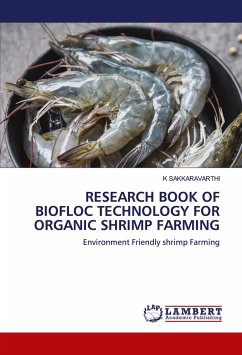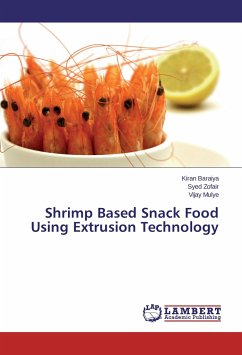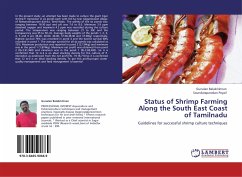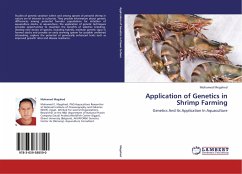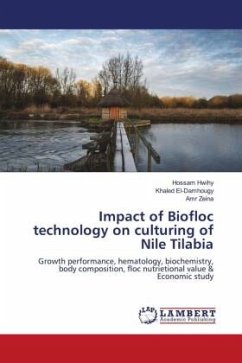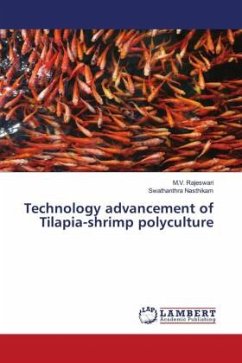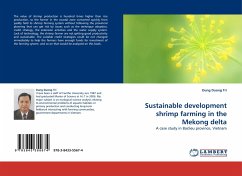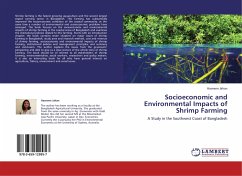BioFloc Technology (BFT) is an emerging alternative towards more environment friendly aquaculture production systems. This technology was developed to create economical and environment benefits via reduced water use, effluent discharges, artificial feed supply and improved biosecurity. Bio-floc shrimp farming encourages a bacterial community in the pond or raceway. Once established and maintained, bacteria-dominated ponds are more stable than algae-dominated ponds. The bacteria accumulate in clumps called flocs, more about flocs in a moment, and gobble up the nitrogenous wastes ten to hundred times more efficiently than algae; they work night and day, pay little attention to the weather and convert those nitrogenous wastes into high protein feed for the shrimp.
BioFloc Technology (BFT) is an emerging alternative towards more environment friendly aquaculture production systems. This technology was developed to create economical and environment benefits via reduced water use, effluent discharges, artificial feed supply and improved biosecurity. Bio-floc shrimp farming encourages a bacterial community in the pond or raceway. Once established and maintained, bacteria-dominated ponds are more stable than algae-dominated ponds. The bacteria accumulate in clumps called flocs, more about flocs in a moment, and gobble up the nitrogenous wastes ten to hundred times more efficiently than algae; they work night and day, pay little attention to the weather and convert those nitrogenous wastes into high protein feed for the shrimp.
BioFloc Technology (BFT) is an emerging alternative towards more environment friendly aquaculture production systems. This technology was developed to create economical and environment benefits via reduced water use, effluent discharges, artificial feed supply and improved biosecurity. Bio-floc shrimp farming encourages a bacterial community in the pond or raceway. Once established and maintained, bacteria-dominated ponds are more stable than algae-dominated ponds. The bacteria accumulate in clumps called flocs, more about flocs in a moment, and gobble up the nitrogenous wastes ten to hundred times more efficiently than algae; they work night and day, pay little attention to the weather and convert those nitrogenous wastes into high protein feed for the shrimp.

